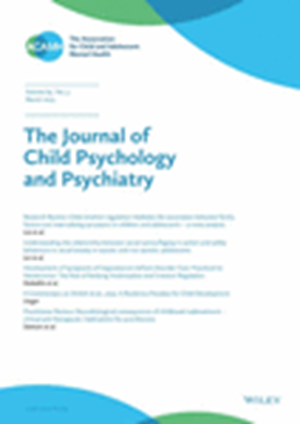Combined effects of prenatal ozone exposure and school/neighborhood environments on youth brain, cognition, and psychotic-like experiences
Abstract
Background
Humans are inevitably exposed to multiple physical and social environmental risk factors, potentially contributing to psychiatric problems and cognitive deficits; however, the combined effects of prenatal air pollution and psychosocial environments on youth remain unclear. This longitudinal study aimed to examine how prenatal ozone exposure interacts with psychosocial environments at 9–10 years to affect adolescent limbic system development, cognition, and psychotic-like experiences (PLEs) at 11–13 years.
Methods
We analyzed data from 6,778 participants in the Adolescent Brain Cognitive Development (ABCD) Study® at two time points (baseline: 9–10 years and 2-year follow-up). Prenatal ozone exposure was calculated as a 9-month average of daily exposure estimates based on birth year and address. Social environmental factors included school environment and neighborhood safety at both time points. Structural MRI measures included bilateral amygdala and hippocampus volumes at both time points. Behavioral data consisted of cognition and PLEs scores at both time points. Moderation and moderated mediation models with cluster-robust standard errors were constructed to examine the effects, controlling for covariates.
Results
Children who were prenatally exposed to greater ozone and had a more unfavorable school environment exhibited a smaller increase in left hippocampal volume, leading to poorer cognition and more PLEs. Moreover, children who were prenatally exposed to greater ozone and lived in a more unsafe neighborhood had a larger increase in right amygdala volume.
Conclusions
This longitudinal study is the first to demonstrate the combined effects of prenatal ozone pollutant and adverse social environments in childhood on youth psychotic-like experiences and cognition, highlighting the limbic system as an important neural mechanism underlying the effects.



 求助内容:
求助内容: 应助结果提醒方式:
应助结果提醒方式:


